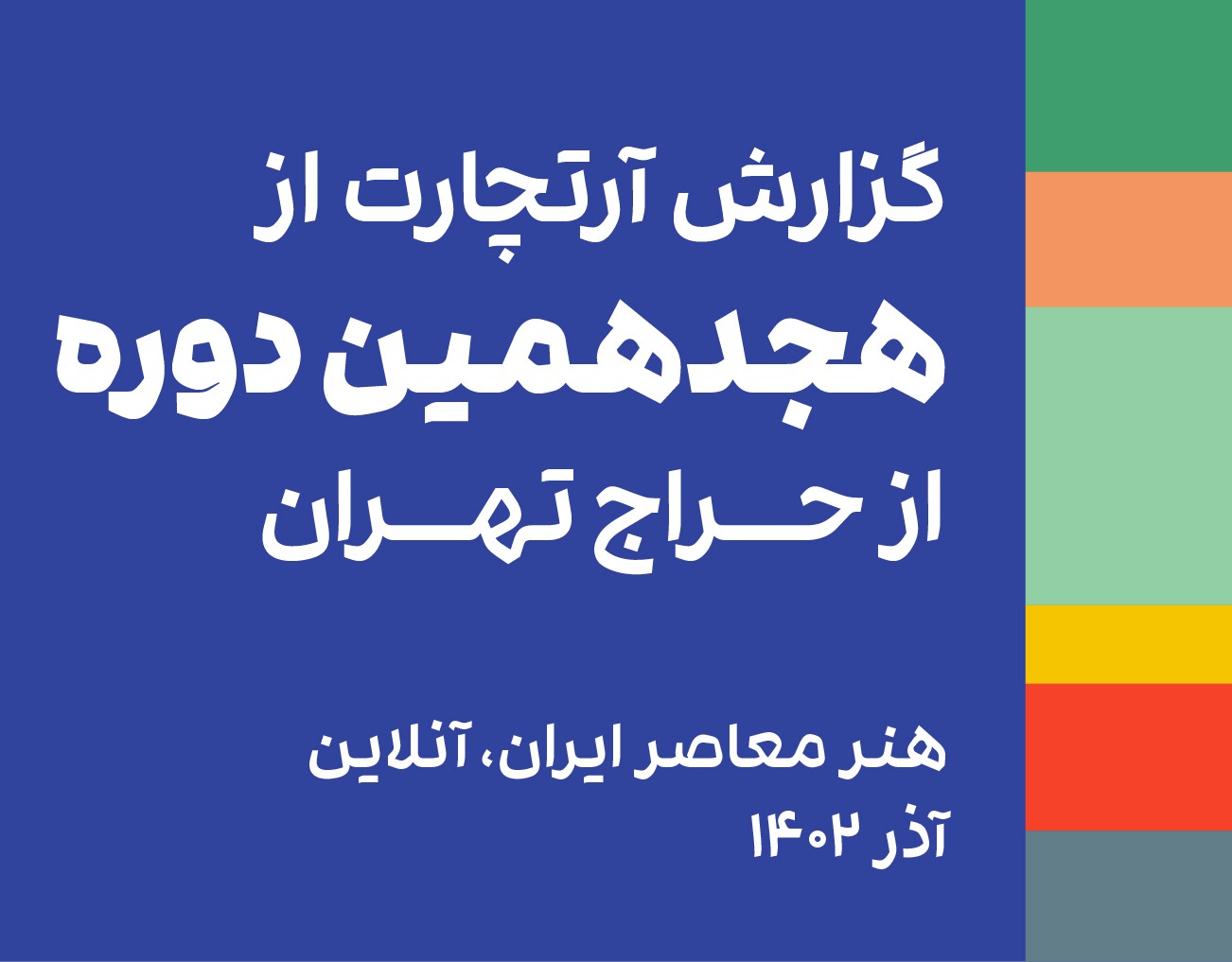About Timo Nasseri
Timo Nasseri was born in 1972 from a German mother and an Iranian father in Berlin. He has a degree in photography from the Lette Verien Institute in Berlin. He traveled to Iran in 1997 and during this trip he was fascinated by Iranian architecture and geometric patterns in Islamic architecture, especially the form of muqarans.
Timo Nasseri has held many group and solo exhibitions. Among these shows, we can mention his show in 2016 at Ab-Anbar Gallery, which attracted the attention of many Iranian collectors. His works have been exhibited in different countries such as France, Lebanon, England, Italy and Spain. He also collaborated with various galleries such as Lori Shabibi Gallery, Sabrina Amrani, Lumier and Sfeir Semler Gallery in Beirut.
Timo Nasseri has won many awards, including the German Aenne Biermann Award, the Saar Ferngas Förderpreis Junge Kunst Award and the prestigious Abraaj Capital Art Prize. His works have been presented and sold in prestigious auction houses such as Christie's, Sotheby's, Van Ham and Tehran Auction. Also, Timo Nasseri's works are in famous collections and museums such as the Victoria and Albert Museum and the British Museum in London.
Timo Nasseri's works are presented in various mediums such as paintings, sculptures, drawings and neon volumes. The variety of mediums that Nasseri has in his works is rooted in his diverse experiences; For example, Timo Nasseri has been photographing medical and hospital environments or has been documenting for some time. His fascination with Islamic and Iranian architecture and patterns also began with his knowledge and interest in Iranian calligraphy and calligraphy.
The dominant theme of Timo Nasseri's works is related to mathematics, geometry, architecture and calligraphy. By using elements of Iranian architecture and repeating them, he presents his unique visual language both in paintings and sculptures. In performing his sculptures, he uses the method of mirroring, which has an inseparable relationship with measurement and geometry. This relationship with measurement is also very evident in Nasseri's drawings. His drawings provide a regular space by using lines and stripes.
Timo Nasseri has held many group and solo exhibitions. Among these shows, we can mention his show in 2016 at Ab-Anbar Gallery, which attracted the attention of many Iranian collectors. His works have been exhibited in different countries such as France, Lebanon, England, Italy and Spain. He also collaborated with various galleries such as Lori Shabibi Gallery, Sabrina Amrani, Lumier and Sfeir Semler Gallery in Beirut.
Timo Nasseri has won many awards, including the German Aenne Biermann Award, the Saar Ferngas Förderpreis Junge Kunst Award and the prestigious Abraaj Capital Art Prize. His works have been presented and sold in prestigious auction houses such as Christie's, Sotheby's, Van Ham and Tehran Auction. Also, Timo Nasseri's works are in famous collections and museums such as the Victoria and Albert Museum and the British Museum in London.
Timo Nasseri's works are presented in various mediums such as paintings, sculptures, drawings and neon volumes. The variety of mediums that Nasseri has in his works is rooted in his diverse experiences; For example, Timo Nasseri has been photographing medical and hospital environments or has been documenting for some time. His fascination with Islamic and Iranian architecture and patterns also began with his knowledge and interest in Iranian calligraphy and calligraphy.
The dominant theme of Timo Nasseri's works is related to mathematics, geometry, architecture and calligraphy. By using elements of Iranian architecture and repeating them, he presents his unique visual language both in paintings and sculptures. In performing his sculptures, he uses the method of mirroring, which has an inseparable relationship with measurement and geometry. This relationship with measurement is also very evident in Nasseri's drawings. His drawings provide a regular space by using lines and stripes.
The Most Expensive Artwork
At Auctions
First Attendance
18 April 2012
# Attendance
16
# Artworks
16
Average Realized Price
41,833 USD
Average Min Estimate
29,942 USD
Average Max Estimate
41,138 USD
Sell-through Rate
86.667%
Average Growth of Artwork Worth
30.445%
Timeline
The 18th Tehran Contemporary Art auction
12 December
Testimony of a Journey: The Al Zayani Collection auction
25 April
All Borrow Their Light exhibition
28 February
Moderne en hedendaagse kunst auction
5 May
Rebel, Jester, Mystic, Poet Contemporary Persians—The Mohammed Afkhami Collection exhibition
10 September
The 13th Tehran- Modern and Contemporary Iranian Art auction
15 January
Present Continuous - Online Viewing exhibition
7 October
DISCOVERIES | SØR RUSCHE COLLECTION XXL auction
17 June
Fragile Frontiers exhibition
22 November
Middle Eastern, Modern and Contemporary Art auction
23 October
20th Century Art / Middle East auction
22 October
A Universal Alphabet exhibition
17 January
Dubai: Post War and Contemporary Art auction
22 March
I saw a broken labyrinth exhibition
13 October
Modern & Contemporary Art auction
18 March
Art Contemporain auction
7 June
Modern & Contemporary Art auction
20 October
First Open/ NYC auction
22 July
Modern & Contemporary Arab, Iranian and Turkish Art Part I auction
23 October
Modern and Contemporary Arab, Iranian and Turkish Art Part II auction
18 April
Articles
18th Tehran Auction Report 2 January 2024
Artchart, as a data search and data mining platform for the art market, has examined 8 periods of Tehran Auction so far. In this issue, Artchart analyzes the 18th Auction of Tehran or The First Online Auction of Tehran. In this report, you will read: Sales Statistics, The Most Expensive Works, Key Findings, Market Performance, Record Holders & Background Comparison.
Iran's Art in London's Islamic Art Week, An Overview 6 May 2023
London Islamic Art Week is an event that is held two to three times a year; Every spring and autumn, Sotheby's, Christie's, Bonham's, Chiswick and Rosebery's Islamic artauctions are held in different cathegories by the Islamic and Indian Art departments. These auctions include art works of the Islamic world from the middle of the 7th to the 20th centuries, and among them are works f...


